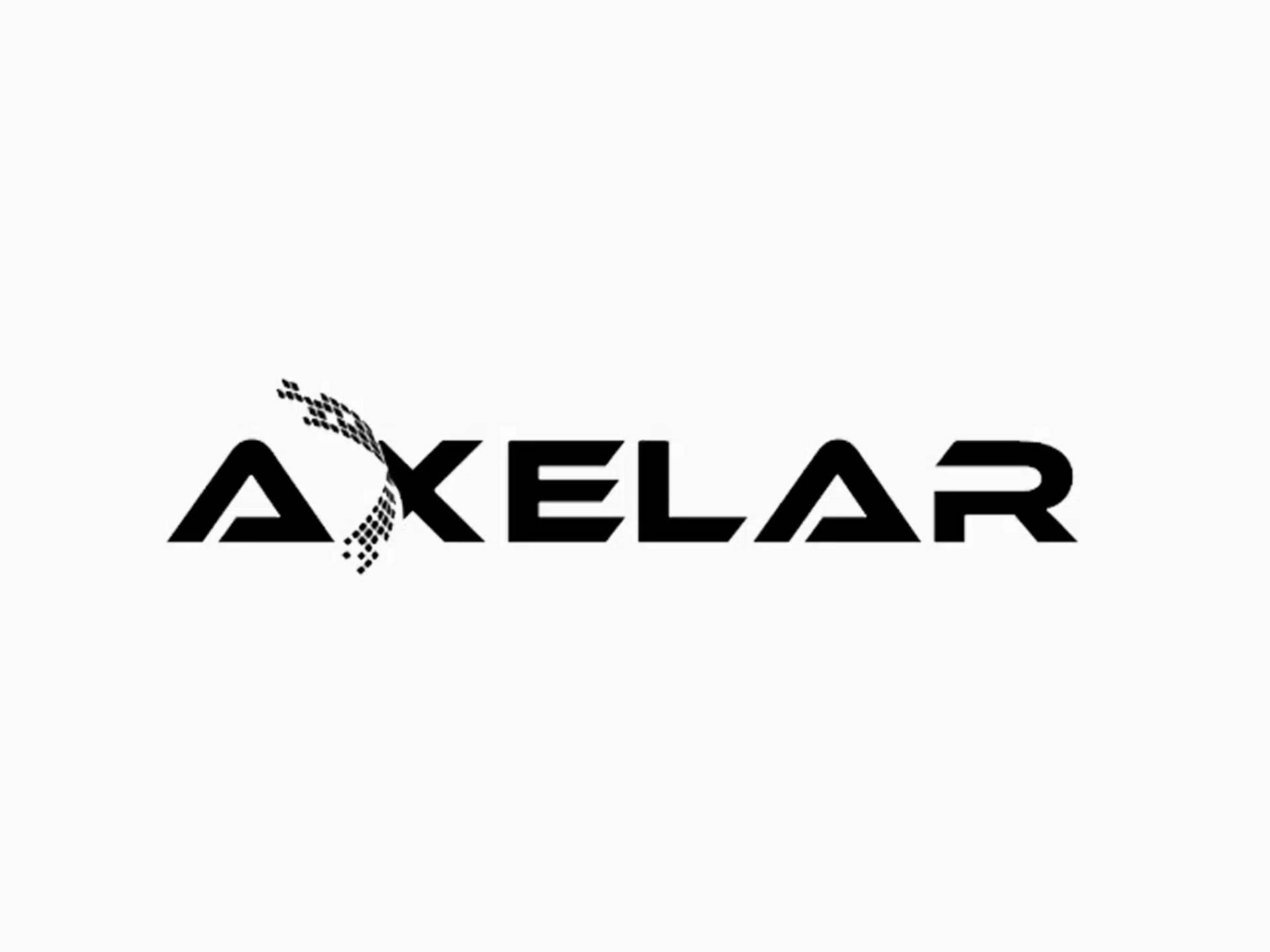위키 구독하기
Share wiki
Bookmark
Axelar
Axelar
Axelar 네트워크(Axelar Network)는 Web3 전반에서 안전한 크로스체인 메시지를 제공하는 분산형 전송 계층입니다. 개발자는 Axelar 게이트웨이 계약을 사용하여 체인이나 UI를 수정하지 않고도 어떤 체인의 EVM 계약에도 연결할 수 있습니다. [1][3] Axelar는 2020년 Georgios Vlachos(게오르기오스 블라코스)와 Sergey Gorbunov(세르게이 고르부노프)에 의해 설립되었습니다.
개요
Axelar는 블록체인을 연결하여 Web3 상호 운용성을 제공하는 블록체인 네트워크입니다. 지분 증명 합의를 사용하여 보안이 유지되며, 메시지는 비허가 프로토콜을 사용하여 라우팅 및 변환됩니다. Web3용 Stripe에 비유할 수 있으며, 분산형 검증자 네트워크, 안전한 게이트웨이 계약, 변환, 라우팅 아키텍처, 소프트웨어 개발 키트(SDK), 및 애플리케이션 프로그래밍 인터페이스(API)로 구성되어 블록체인 간의 구성 가능성을 가능하게 합니다. 이 프로토콜은 AVAX(Avalanche(아발란체)), ETH(Ethereum(이더리움)), FTM(Fantom(팬텀)), GLMR(Moonbeam(문빔)), MATIC(Polygon(폴리곤))을 포함한 여러 네이티브 토큰의 크로스체인 전송을 해당 토큰의 래핑된 ERC-20 버전을 통해 지원합니다. [1][5]
역사
Algorand(알고랜드) 창립 팀의 두 구성원인 Georgios Vlachos(게오르기오스 블라코스)[6]와 Sergey Gorbunov(세르게이 고르부노프)[7]는 2020년에 Axelar 네트워크 블록체인 플랫폼을 출시했습니다. Georgios(게오르기오스)[6]는 Algorand 합의 프로토콜을 설계했으며, Sergey[7](세르게이)는 BLS 서명을 표준화하는 작업을 주도했는데, 이는 이후 CFRG에서 초안으로 채택되었고 Ethereum(이더리움) 2.0 및 기타 플랫폼에서 구현되었습니다. [5]
“개발자에게 제공하는 가치 제안은 사용 사례와 배경에 가장 적합한 체인에서 개발하고, 사용자가 한 번의 클릭으로 분산형 웹의 모든 것에 액세스할 수 있도록 하는 것입니다.” 공동 설립자 Georgios Vlachos(게오르기오스 블라코스)의 말입니다. [5]
기술
분산형 네트워크
네트워크 유지 및 트랜잭션 실행을 담당하는 검증자에 의해 분산형 네트워크가 지원됩니다. 검증자는 레이어 1 블록체인 위에 있는 다중 파티 암호화 오버레이인 크로스체인 게이트웨이 프로토콜을 실행합니다. 이러한 검증자는 외부 체인에 배포된 게이트웨이 스마트 계약에 대한 읽기 및 쓰기 작업을 실행하고, 해당 체인의 이벤트에 대한 투표 및 증명을 담당합니다. [2][11]
게이트웨이 스마트 계약
검증자는 들어오는 트랜잭션에 대한 게이트웨이를 모니터링하고, 유효성에 대한 합의에 도달합니다. 합의가 이루어지면 대상 체인의 게이트웨이에 기록하여 크로스체인 트랜잭션을 실행합니다. Axelar 네트워크와 상호 연결된 레이어 1 블록체인 간의 연결을 제공하는 게이트웨이와 핵심 인프라 계층을 구성하는 검증자는 이 시스템의 핵심 구성 요소입니다. [2]
개발자 도구
API와 SDK는 검증자와 게이트웨이 위에 배치되어 개발자가 Axelar 네트워크에 쉽게 액세스할 수 있도록 합니다. 이것은 개발자가 단일 홉으로 두 체인 간의 상호 운용성을 용이하게 하는 데 사용할 애플리케이션 개발 계층입니다. Axelar를 통해 개발자는 어떤 블록체인 플랫폼의 주소 간에도 자산을 잠그고, 잠금 해제하고, 전송할 수 있습니다. 또한 크로스체인 애플리케이션 트리거 및 기타 크로스체인 요청을 실행할 수 있습니다. [2][11]
$AXL
AXL은 Axelar 네트워크의 네이티브 토큰입니다. 네트워크 사용에 대한 트랜잭션 수수료 및 기타 수수료를 위한 매개체이며, 사용자가 네트워크를 실행하는 검증자에게 지불합니다. AXL은 보유자와 그 대리인이 스테이킹하고 제안(예: 매개변수 변경 또는 프로토콜 업그레이드)에 대한 거버넌스를 행사하는 데 사용됩니다. [4][5]
네트워크를 보호하고 체인에서 트랜잭션을 검증하는 분산형 지분 증명 합의를 지원하기 위한 인센티브를 가능하게 합니다. 검증자는 네트워크 보안을 유지하기 위한 인센티브로 AXL 보상을 받습니다. 이러한 인센티브 보상은 네트워크 프로토콜에 인코딩된 규칙에 따라 프로그래매틱하게 배포되며, 인플레이션성입니다. 즉, 각 프로토콜 보상은 총 토큰 공급량을 증가시킵니다. [4]
AXL은 에코시스템 구축자와 커뮤니티 기여자에게 보상하는 데에도 사용됩니다. [4]
토큰 경제
Axelar 제네시스 블록에서 총 10억 개의 AXL 토큰이 발행되었으며, 17%는 팀에, 12.5%는 회사 운영에, 36%는 커뮤니티 프로그램에, 5%는 커뮤니티 판매에, 29.5%는 후원자에게 할당되었습니다. 토큰 공급은 커뮤니티 판매 참가자의 경우 6개월에서 팀 구성원의 경우 4년까지 다양한 선형 일정으로 배포됩니다. [4]
잘못된 내용이 있나요?
